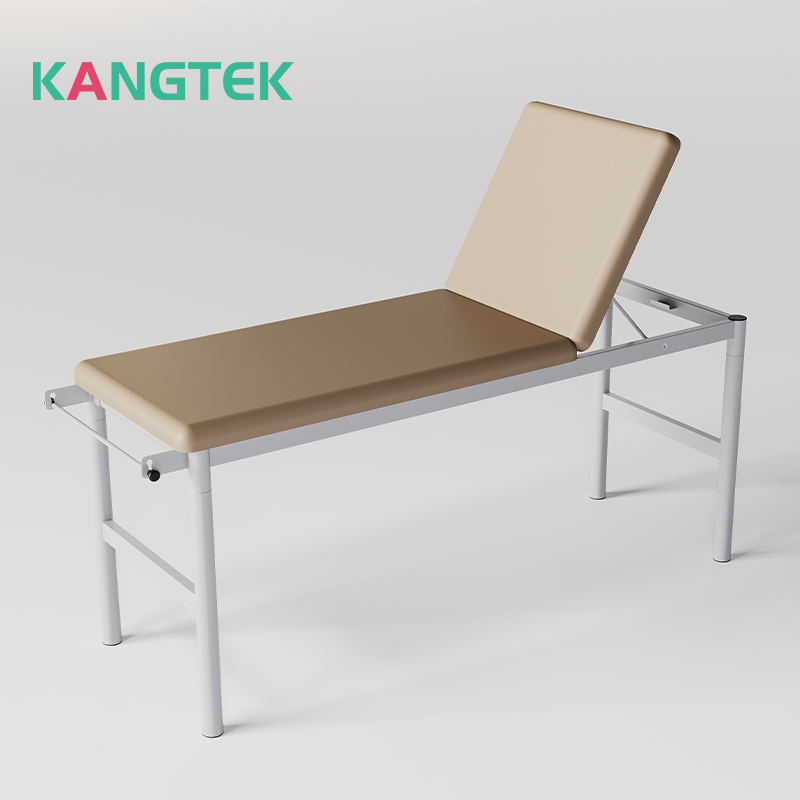A Guide to Evaluating the Quality and Performance of Medical Furniture
In medical settings, furniture plays a crucial role in providing comfort, functionality, and safety for patients and healthcare professionals alike. Whether it's examination tables, hospital beds, or chairs in waiting areas, the quality and performance of medical furniture are paramount. But how exactly do you evaluate these aspects? Let's delve into the key considerations:

1. Durability and Construction:
- Medical furniture must withstand frequent use and rigorous cleaning protocols. Evaluate the materials used in construction, such as stainless steel, aluminum, or high-quality plastics.
- Look for sturdy joints, reinforced seams, and solid frames. Avoid furniture with sharp edges or corners that could pose safety hazards.
2. Cleanability and Infection Control:
- Hygiene is of utmost importance in medical environments. Assess whether the furniture is easy to clean and disinfect.
- Smooth, non-porous surfaces are preferable as they can be wiped down quickly. Check if the furniture meets industry standards for infection control.

3. Comfort and Ergonomics:
- Patients and healthcare professionals spend extended periods using medical furniture. Comfort and ergonomic design are essential for preventing discomfort and musculoskeletal issues.
- Test the furniture for features such as adjustable height, backrests, and armrests. Consider factors like padding thickness and firmness for patient comfort.
4. Mobility and Accessibility:
- Medical furniture should be designed with mobility and accessibility in mind, especially for patients with limited mobility or disabilities.
- Evaluate features like easy-glide wheels on hospital beds, adjustable features for different patient sizes, and accessibility for wheelchair users.
5. Compliance with Regulations and Standards:
- Ensure that the medical furniture meets relevant regulations and standards for safety and performance. This may include certifications such as ISO, CE, or FDA approvals.
- Check for compliance with specific guidelines for medical furniture in your region or healthcare facility.
6. Manufacturer Reputation and Warranty:
- Research the reputation of the manufacturer or supplier of the medical furniture. Look for companies with a track record of producing high-quality, reliable products.
- Consider the warranty offered for the furniture, including coverage for defects or malfunctions. A strong warranty indicates confidence in the product's durability and performance.

In conclusion, evaluating the quality and performance of medical furniture requires careful consideration of factors such as durability, cleanability, comfort, mobility, regulatory compliance, and manufacturer reputation. By prioritizing these aspects, healthcare facilities can ensure they invest in furniture that enhances patient care and supports the work of healthcare professionals.

